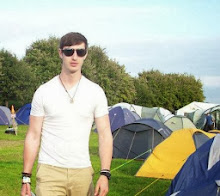The History of Camouflage The term camouflage comes from the French word camoufler meaning "to blind or veil." Camouflage, which is also called protective concealment. This means to disguise an object, in plain sight, in order to conceal it from something or someone.

In the late 1800’s, an American artist named Abbott Thayer made an important observation about animals in nature that became a useful tool in developing modern camouflage. After studying wildlife, Thayer noticed the coloring of many animals graduated from dark, on the backs, to almost white on their bellies. This is an important property that is very useful in modern camouflage. This graduation from dark to light breaks up the surface of an object and makes it harder to see the object as one thing. The object loses its 3D qualities and appears flat.

Camouflage, as we know it today, was born in 1915 when the French army created a new unit called the camouflage division. Artists were among the first people the French army called in to help develop camouflage for the use during W.W.I.

















